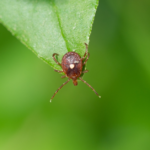With the Opening Ceremony of the 2016 Olympics in Rio de Janeiro taking place in early August, there is heightened concern over the Zika virus, especially since health officials reported the first ever Zika virus fatality in the continental US earlier in early July. Given that the Centers for Disease Control and Prevention (CDC) now recommends pregnant women consider delaying travel to Zika virus affected areas, we have to ask: what do we know about Zika and how can we protect ourselves from this newly emerging threat?
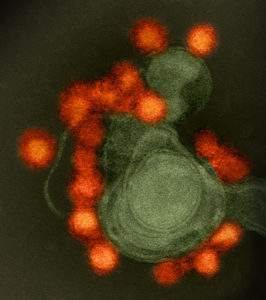
A string of troubling news reports about the spread of Zika virus has caused widespread alarm among public health officials and the public alike. Particularly troubling are the recently broadcasted images of Brazilian newborns with severe birth defects, such as microcephaly — which causes babies to be born with abnormally small heads.
According to the Director of the CDC, Dr. Tom Friden, “Our birth defects specialists tell us a single child with birth defects can cost $1 million dollars to care for – or more.”
What is the underlying cause of this devastating outbreak?
The Zika virus is part of the single-stranded RNA virus family known as Flaviviruses. Over the years, Zika virus received scant attention compared to the other well-known diseases in the Flavivirus family — which includes yellow fever, West Nile, dengue, Hepatitis C, and several encephalitis diseases.
Since its discovery in Uganda in 1947, Zika was known to public health officials and researchers as a regional virus — limited to the equatorial belt between the African and Asian continents. However, over the last three years, Zika virus has been on the march across the globe.
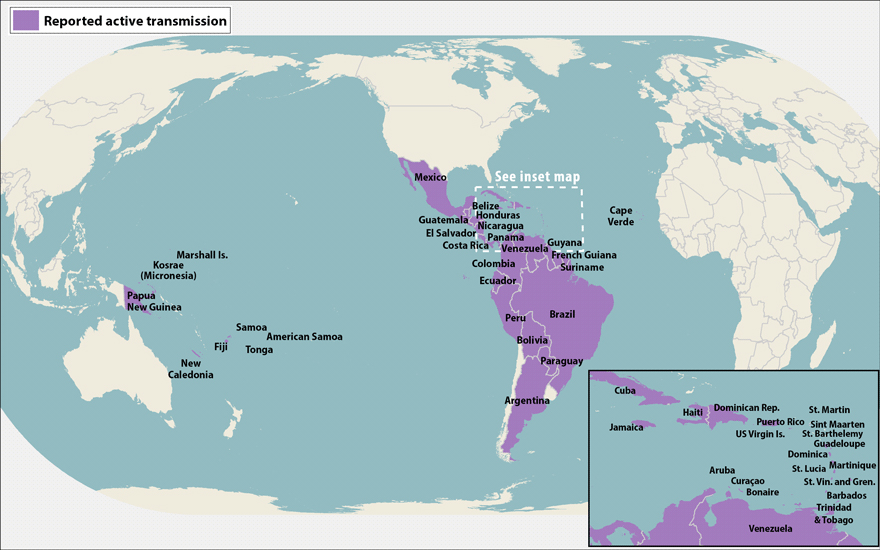
During 2013 and 2014, Zika virus was discovered in three South Pacific island groups far from the Asian mainland: the Cook Islands, French Polynesia, and Easter Island. By 2015, the Zika virus had taken hold in the Western Hemisphere. It has spread to parts of Mexico, Central America, the Caribbean and South America — especially Brazil, where the virus has at times reached pandemic levels. You can watch an interesting animated timeline of the alarming spread of the Zika virus on this website prepared by the Harvard Medical School and Boston Children’s Hospital.
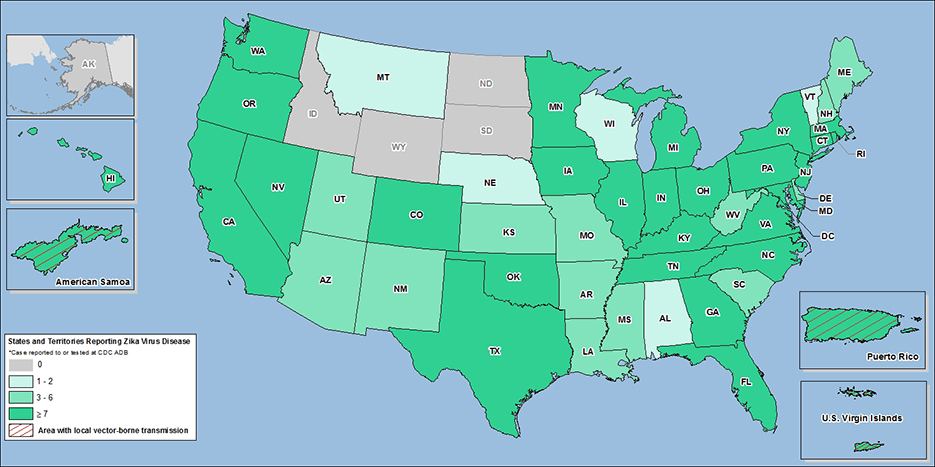
Some Public Health Officials Express Concern over Olympic Games
For some public health officials, the outbreak has called into question whether it makes sense, in a time of potential pandemic, for a vast number of tourists to travel to the 2016 Olympic Games in Rio. While some games participants and countless tourists are reportedly staying home, Olympic game organizers and Brazilian government officials are proceeding with the games despite the warnings, hoping that the cooler temperatures of the Southern Hemisphere’s Winter season — combined with an extensive mosquito control program — will limit the spread of the virus.
Will the Olympic Games be safe for the athletes? We will have an answer to this question, but only in retrospect. The efficacy of the Olympic Games’ Zika virus protection program will be evaluated by a National Institutes of Health (NIH) study that will track any Zika virus infections among US Olympic participants — but we will only know the results after the fact.
New Blood Tests to Determine Cases of Zika Virus Infection
As the virus has spread, determining if pregnant women have been exposed to the virus has become an urgent public health issue due to the congenital and neurological birth defects the virus can cause in utero.
In response, the FDA has given emergency use authorizations for several Zika diagnostic tests. These will allow health care providers to determine if a specific individual has a current, active Zika infection or whether at-risk individuals — primarily pregnant women — have been infected at an earlier date.
Zika tests recently approved under the FDA’s emergency authorization program include:
- Zika MAC-ELISA by the CDC
- CDC Trioplex rRT-PCR by the CDC
- Zika Virus RNA Qualitative Real-Time RT-PCR test by Focus Diagnostics, Inc.
- RealStar Zika Virus RT-PCR Kit U.S. by altona Diagnostics GmbH
- Aptima Zika Virus assay by Hologic, Inc.
Protecting the world’s blood supply is also critical. When it became uncertain if Puerto Rico’s blood supply was safe from Zika virus, blood bank officials transferred large quantities of human blood from the US mainland to the Caribbean island. Recently, the FDA has allowed some of the Zika blood test listed above to be used on an emergency basis to determine if blood donations have evidence of Zika infection — in order to prevent them from entering the blood supply at large.
Meanwhile, the FDA has issued guidance for individuals who have visited areas with active Zika transmission (or who might have possibly been infected by other means) to refrain from donating blood.
Synthetic Zika Virus Helps Researchers Track Infections in the Lab
A major advance in studying the virus came from UTMB researchers in Galveston, Texas, who developed a man-made clone of the Zika virus with a luciferase marker (the chemical that makes fireflies glow) to help scientists understand virus transmission between mosquitoes and small animals. According to Pei-Yong Shi, PhD, study coauthor and professor in the department of biochemistry and molecular biology at UTMB, “the new Zika clone, together with mosquito infection models and the UTMB-developed Zika mouse model, represent a major advance towards deciphering why the virus is tied to serious disease.”
But What About Current Treatments, Such as Vaccines, for the Zika Virus?
At the present time, there is no known cure for Zika virus diseases — but several vaccine programs are being fast-tracked and could be available as soon as two years from now — possibly on a provisional basis initially.
Vaccine Development at Walter Reed Army Institute of Research (WRAIR)
One of the promising vaccines, Zika purified inactivated virus (ZPIV), is being developed at Walter Reed Army Institute of Research (WRAIR) at their Pilot Bioproduction Facility. They are receiving special assistance from the U.S. Department of Defense’s Armed Forces Research Institute of Medical Sciences (AFRIMS) which is based in Bangkok, Thailand, that has been studying early outbreaks of Zika and other related viruses.
The WRAIR Zika vaccine approach is based on previous research used to develop a successful vaccine against Japanese encephalitis, which, like Zika, is a Flavivirus. The Zika virus vaccine under development uses a killed strain of Zika virus found in South America that has been responsible for the congenital birth and neurological defects in that region.
In early July, WRAIR made several announcements heralding the progress of their Zika virus vaccine. First, they announced promising findings from pre-clinical studies of the vaccine in rhesus monkeys, which, will in turn, likely allow the NIH’s National Institute of Allergy and Infectious Diseases to begin sponsoring a series of phase 1 ZPIV trials. Second, WRAIR also announced they planned to transfer the rights to the Zika purified inactivated virus (ZPIV) technology to the French pharmaceutical giant Sanofi. Sanofi will conduct the phase 2 drug testing trials, manage the regulatory hurdles and prepare the Zika vaccine for widespread production.
Vaccine Development at the lab of Dan Barouch of Beth Israel Deaconess Medical Center in Boston
A second Zika virus vaccine is also being developed by Dan Barouch, of Beth Israel Deaconess Medical Center in Boston. Unlike WRAIR’s vaccine, which uses killed virus, the Barouch vaccine uses sets of genetic DNA snippets taken from a Brazilian strain of the Zika virus to create an antibody response. Barouch’s lab reports that a single shot of this experimental DNA vaccine was able to provide protection against the virus in laboratory mice test subjects.
How to Protect Yourself from the Zika Virus
Now that the Zika virus has spread across the Carribean, and into Mexico, Central America, Columbia and Brazil, you and your family will have to take extraordinary precautions to prevent Zika virus infections until there is a reliable, safe vaccine.
Mosquitoes remain the primary way to become infected. However, don’t assume that you need only to worry about mosquitoes during the morning and in the evening at sunset. It turns out that one of the main transmission vectors for Zika virus — the female Aedes aegypti mosquito — is active during the daytime!
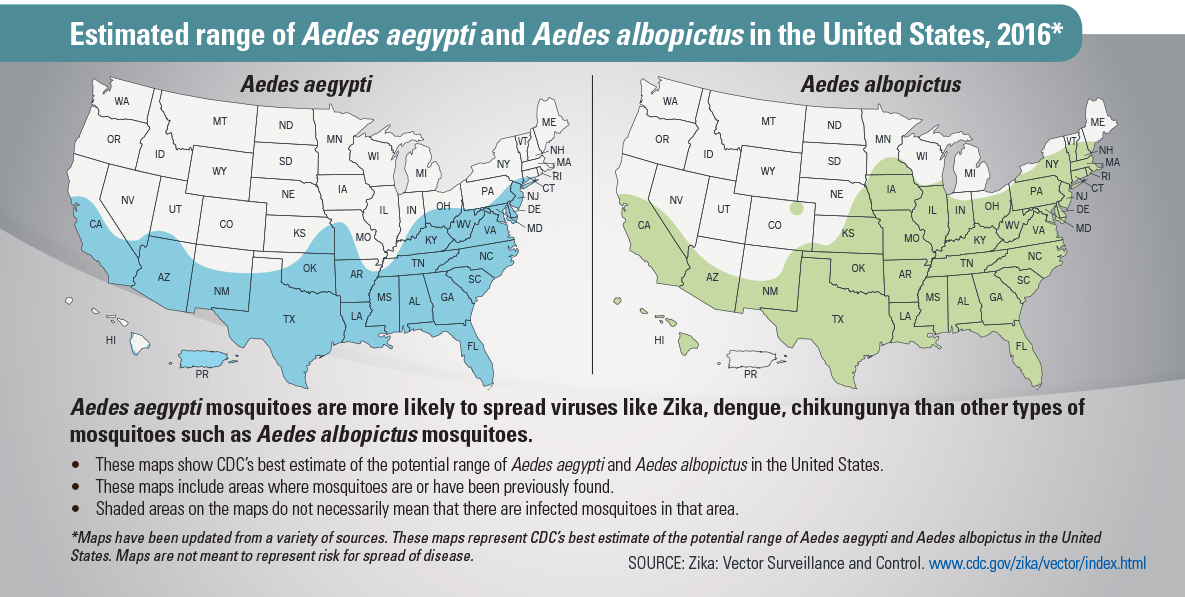
Recommendations to Help Prevent Zika Virus Infection
- Consider the clothing you wear. Wearing long sleeve shirts, long pants, and socks will help protect you.
- You should also apply a mosquito repellent that contains the DEET active ingredient to ward off mosquitoes.
- Eliminate mosquito breeding grounds in your environment. Empty or remove any containers that can collect still water that mosquitoes need to breed. Unused or discarded tires, which can collect water inside, are an ideal mosquito breeding environment. These should be removed immediately.
- Importantly, mosquito bites aren’t the only way that you can transmit Zika virus. Researchers have confirmed that men can transmit the Zika virus to their sexual partners for several months after initial exposure.
- The CDC has recommended that men who have a confirmed or suspected case of Zika infection either abstain from having sex or use a condom for at least six months — laboratory tests indicate the virus can be present in semen for up to 10 weeks after exposure.
- The CDC also recommends that all men who travel to an active Zika virus area either use a condom or avoid having sex for at least eight weeks after they return home — even if they do not suspect they have been infected.
Look for these Symptoms if You Suspect a Zika Virus Infection
If you have traveled to an area where Zika virus is prevalent, here are some common symptoms which could indicate you have been exposed:
- Mild headaches
- Skin rash characterized by a flat, reddish area covered with small bumps (maculopapular rash)
- Fever
- Malaise
- Conjunctivitis
- Joint pain.
If you have these symptoms, be sure to seek medical advice.
However, it turns out that as few as one person in five that is exposed to the Zika virus will have any symptoms at all. More research is necessary to determine if these individuals who present no symptoms can transmit the virus to others.
Formaspace is your partner in Laboratory Science
We’re working with some of the leading laboratories in the world to help improve health and conquer disease. Want to know more? Contact us today.



